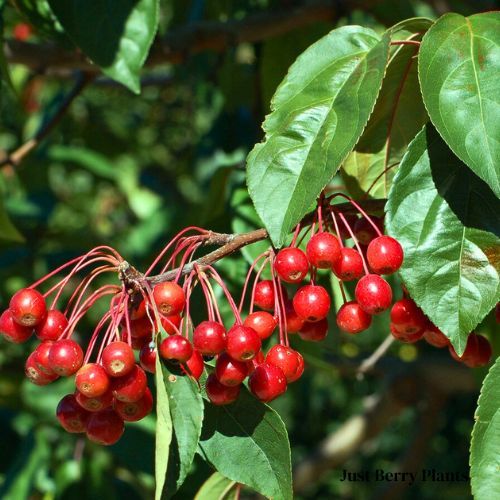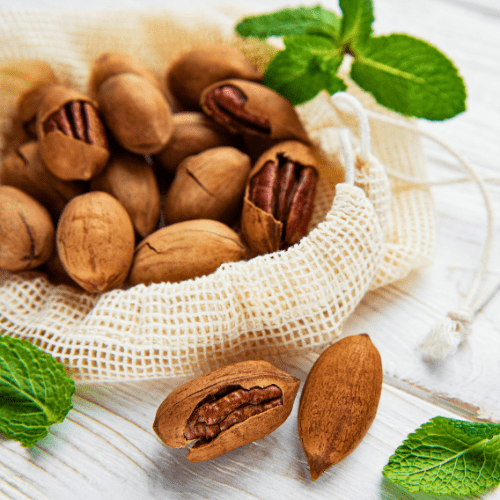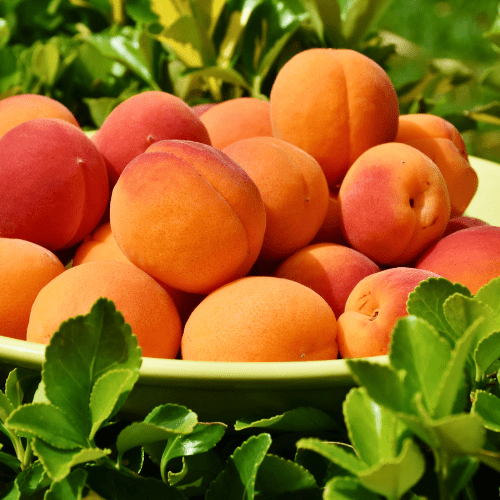Position
Crab apples prefer full sun and well-drained soil. In hotter climates, trees can be planted where they get some afternoon shade to avoid excessive heat stress during summer.
Soil
Providing the right soil conditions—well-drained, loamy, and nutrient-rich—crab apple trees will have a strong foundation for healthy growth and vibrant flowers and fruit. Neutral pH 6.0 to 7.0.
Size
They can grow as small trees or large shrubs, 3 to 7.5m tall.
Mulch
Mulch is a good way of preventing weeds and reducing the rate of water evaporation from the soil.
Apply organic mulch to your tree all year round.
Use from 2 to 5 centimetres of pine bark mulch to protect the roots from UV damage and drying out. It retains moisture, and maintains an optimal pH. Do not let the mulch touch the plant stem, as it may cause infection or rot.
Watering
Younger trees require more consistent watering to establish strong roots, while mature trees may be able to tolerate dry spells once their roots are well-established. Water deeply, ensuring the root zone gets moist.
- Water once a week during the growing season, more frequently during dry spells.
- Avoid overwatering and ensure the soil drains well.
- Use mulch to conserve moisture and reduce watering frequency.
- Water in the morning or late afternoon to minimize evaporation.
Fertilising
Apply 1 teaspoon every 4-5 months of our slow-release all-plant fertiliser. The roots will absorb what they need.
Diseases
These trees are relatively low-maintenance but can suffer from diseases such as apple scab or fire blight. Regular pruning helps maintain their shape and health.
Preferably use preventative measures by spraying with agricultural Neem Oil or Effective Microorganisms (EM Control)








